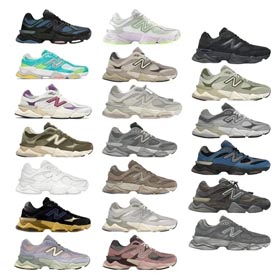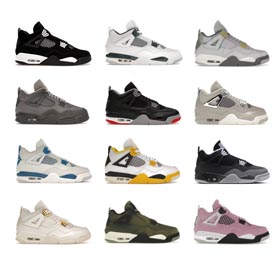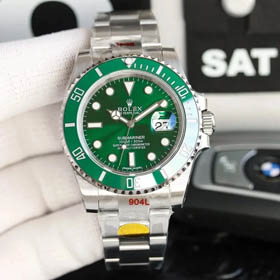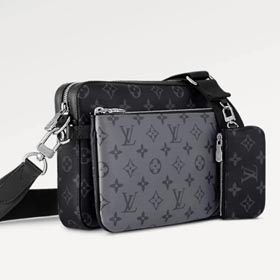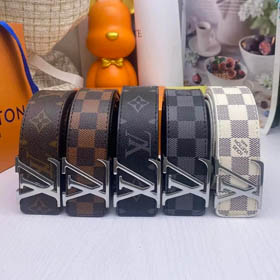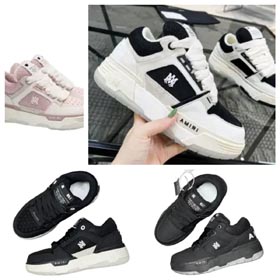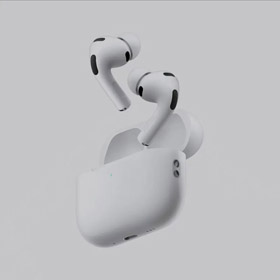On Mulebuy's Facebook community, passionate scale model builders actively discuss how to leverage the Mulebuy spreadsheet
Mulebuy's spreadsheets help compare Gundam versions and assembly difficulty One detailed thread analyzes how the spreadsheet's crowd-sourced data revealed: The Mulebuy community's systematic approach to documenting model quality metrics transforms what was traditionally trial-and-error purchasing into data-driven decision making. As mulebuy.cn

Strategies for Selecting Gundam Kits
Automotive Model Selection Techniques
Evaluation Factor
Spreadsheet Data Point
Paint Authenticity
Members document metallic flake density in scale-accurate finishes
Interior Detailing
Dashboard texture reproduction and seat stitch patterns are rated 1-5
Panel Gaps
Die-cast vs. ABS body parts comparisons with micrometer measurements
Case Study: Tamiya vs. Hasegawa Comparisons
"Tamiya's 1/24 Supra mold shows 0.2mm more accurate wheelbase than competitors, but Hasegawa's photo-etched parts for the same model scored higher in grill detailing."
Pro Tips from Seasoned Builders
Model Enthusiasts Share Their Experience on Choosing Kits via Mulebuy Spreadsheet
2025-08-04



